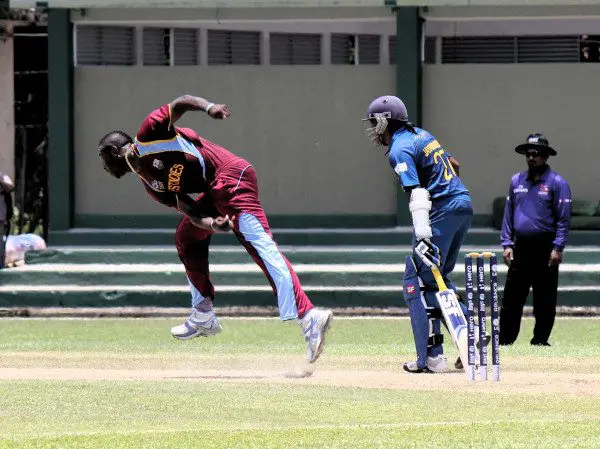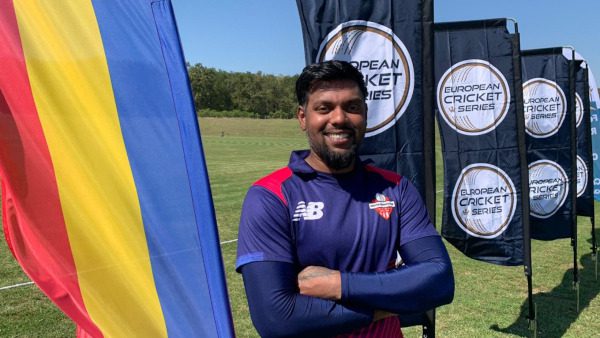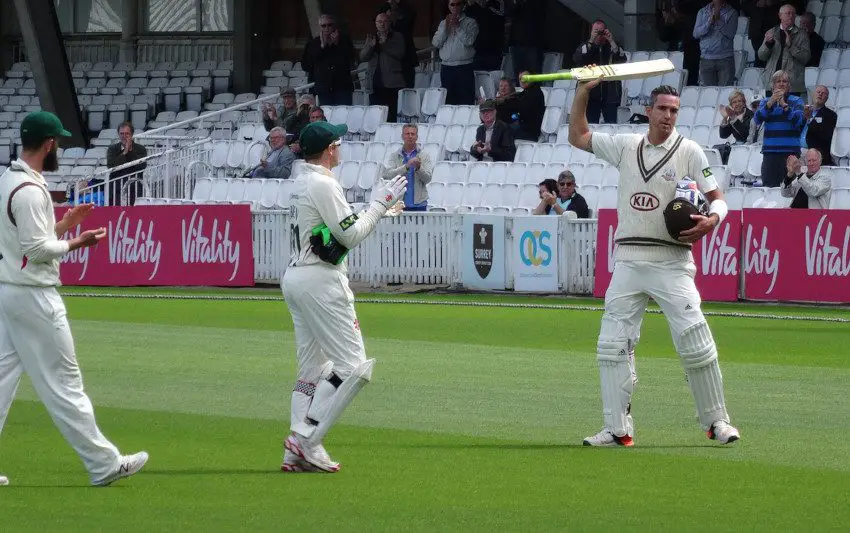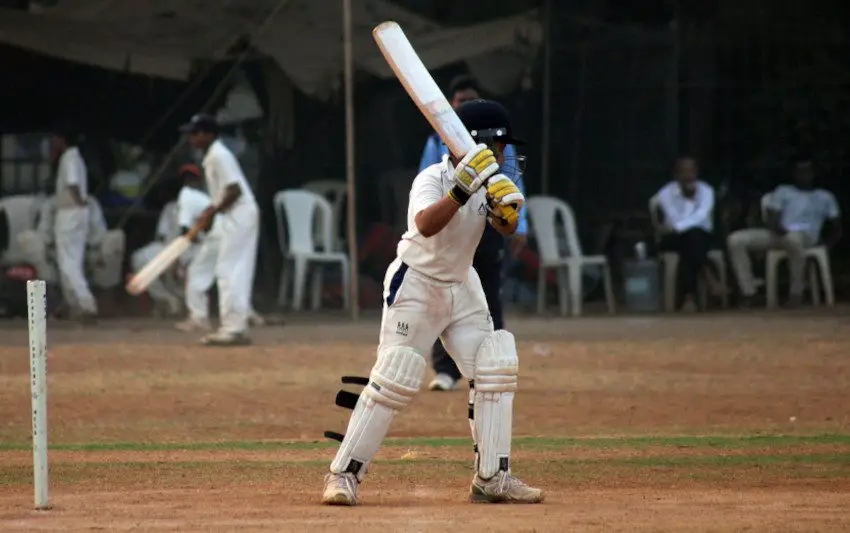Table of Contents
In modern cricket, with its distinct limited overs formats, the issue of strike rate is one that has become increasingly important. A high strike rate makes a batsman more valuable to their team and it’s also likely to attract the attention of high-paying global franchises.
What is the Batting Strike Rate?
A strike rate is the ratio of runs scored to the number of balls faced and it will usually be measured over an average of 100 deliveries. It is very significant in ODI cricket as it tells us how quickly a batter scores his or her runs.
Selectors may also use strike rate as a guide for picking batsmen moving forward.
Strike rate isn’t seen as much in test cricket where the pace of scoring isn’t as important but you may still see it mentioned.
How to Calculate Batting Strike Rate?
Strike rate is an average and the calculation is carried out over every 100 balls that a batsman faces. The calculation for this is actually quite simple:
Take the number of runs scored by the batsman and divide that figure by the actual number of deliveries that they have faced. Multiply that answer by 100 and you have the strike rate.
Batting Strike Rate Calculator
0
Introduction of Batting Strike Rate
A strike rate is a relatively new statistic that began to appear in the 1980s. International one day cricket only started in 1971 and this type of calculation wasn’t considered important at the time – possibly because run rates were still fairly low in those days.
As the scoring in ODI cricket became faster-paced, the issue of a batsman’s strike rate came under the microscope. Teams needed to score quickly, particularly as limited overs cricket was taken more seriously. The format now had a World Cup and there were important series being played all over the world.
In the modern day, international selectors can look at a batsman’s strike rate in domestic cricket and judge if they are ready to make the step up to national level.
Similarly, a bowling side will look at strike rates for every batsman in the opposition line up. Those with higher strike rates offer more danger and will be considered as key wickets. Bowlers may even work on special plans for the more dangerous batters.
Note, this term is completely distinct from bowling strike rate. The strike rate for a bowler shows the average number of deliveries that it takes for them to get a wicket and, while that’s important, it’s a completely different calculation to batting strike rate.
Highest Career Batting Strike Rate in ODI
1. Andre Russell (West Indies)
The top three players on this list are all still active so this chart is subject to change but their consistently high strike rates mark them down as dangerous players. In the case of Russell, he is in the lead but his career has been shorter than others in the top three.
As a middle order batsman, the West Indian has a license to score quickly as soon as he comes in and that’s why his average in the high 20s is relatively modest. His strike rate, however, is seriously impressive.

2. Glenn Maxwell (Australia)
Australia’s Glenn Maxwell tends to float around the order but you would typically expect to see him come in at number four. With 24 scores of 50 and above from his first 116 ODI matches, he’s been more effective than Russell over a long period of time even though his strike rate may be lower.
Maxwell is known as an explosive hitter but, in the one day game he can be more patient, particularly if his side have lost wickets and he has to bat with the tail.
3. Jos Buttler (England)
Jos Buttler is frequently asked to open the batting for England so it could be argued that his record is more impressive than anyone in the top three. He’s also made bigger scores on a more regular basis with nine hundreds to Maxwell’s two as of October 2021.
Buttler can also accumulate when necessary but he’s more likely to look for scoring opportunities no matter what position he’s asked to bat.
Highest Career Batting Strike Rate in T20i
1. Ramesh Satheesan (Romania)
The ICC has opened up the T20 format to smaller nations so, not all batters in the top ten will carry familiar names. Romania’s Ramesh Satheesan currently leads the way with an incredible strike rate that exceeded 188 after his first 17 matches.
Satheesan will celebrate his 40th birthday in 2022 so, if he retires anytime soon, that record could stand for many years to come.

2. Ravija Sandaruwan (Kuwait)
Ravija Sadaruwan’s international career has also been brief and it would be good to see how he performs over a longer period of time. However, I can’t argue with his early stats and a strike rate higher than 165 from his first 15 T20 internationals is a superb one.
At 29 he’s much younger than the man at the top of the charts so Sandaruwan has time to prove that he deserves to stay here.
3. Glenn Maxwell (Australia)
Glenn Maxwell also appears in the top three list for T20i strike rates and that just underlines what a powerful performer he can be. In the shortest form of the game, the Australian will go for sheer power rather than patience, looking to score big runs from every delivery.
It’s been an effective strategy, arguably better than the one he adopts for ODis. In his first 72 matches, he has a strike rate of above 158 including three centuries and a best of 145 which is the fourth highest in T20is at the time of writing.


